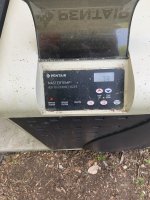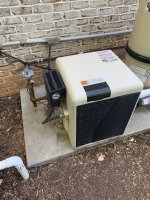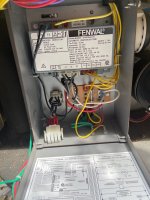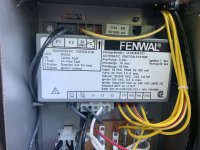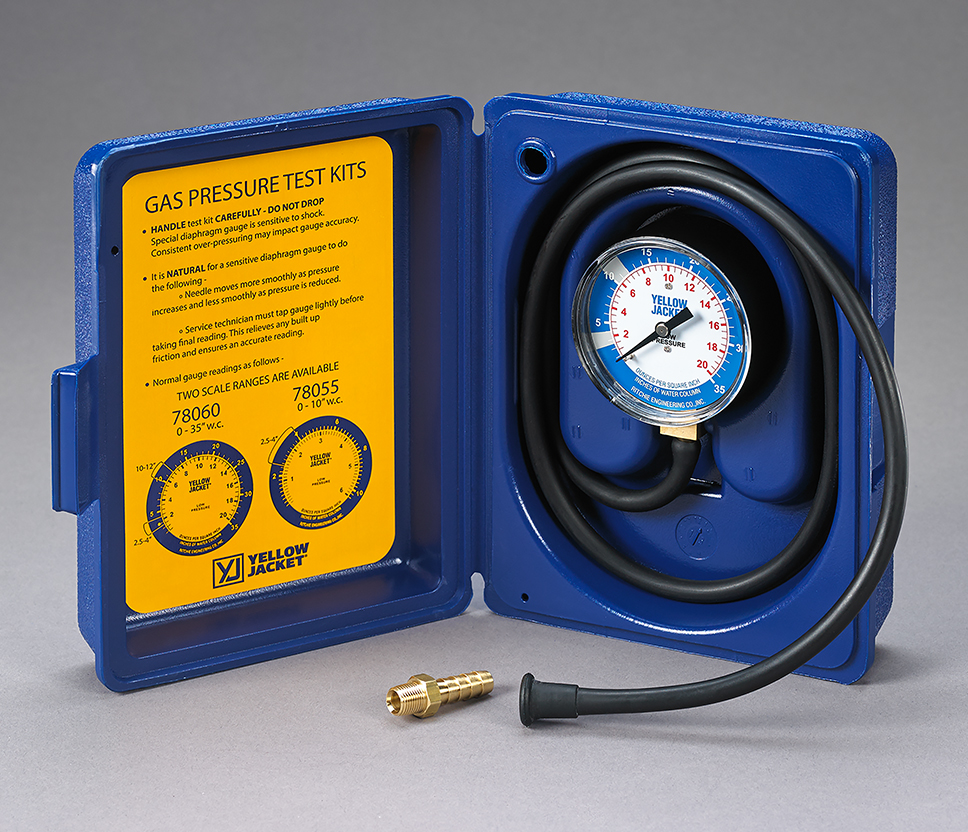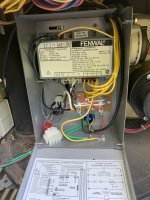Hello -
I am having Problems with my Pentair Mastertemp 400 heater. It won’t heat. It is doing exactly like the heater is this YouTube video.
It starts up. Heater LED blinks. The display shows the current water temp and shows the flame icon. The fan works and air starts moving through the exhaust. I can begin to smell a little natural gas in the exhaust fumes. It goes through a series of clicks (click - a minute or so passes, another click - a minute or so passes, another click) and then the “Service Heater” light turns on.
icon. The fan works and air starts moving through the exhaust. I can begin to smell a little natural gas in the exhaust fumes. It goes through a series of clicks (click - a minute or so passes, another click - a minute or so passes, another click) and then the “Service Heater” light turns on.
I went through the troubleshooting guide in the manual. I changed the HSI Igniter and that didn’t fix the problem. I then changed the Ignition Control Module with no success.
I am already about $300 into this “repair” and the earliest I can get someone out to look at it is 2 weeks. I am assuming the gas pressure is ok as there is a gas grill on the same line that works (plus I can smell gas in the exhaust).
I typically use my Pentair ScreenLogic to control everything. Curiously, when I press the “Pool on” or “Spa on” buttons on the unit itself they don’t respond. I followed one of the previous threads that linked a video assessing the Membrane pad, and when I short the two pins closest to the yellow button on the control board nothing happens. If I try to turn it on from my ScreenLogic App, it does as above. Do I need to replace the control board???
I am at a loss. Any suggestions? Buy a new heater LOL?
I am having Problems with my Pentair Mastertemp 400 heater. It won’t heat. It is doing exactly like the heater is this YouTube video.
It starts up. Heater LED blinks. The display shows the current water temp and shows the flame
I went through the troubleshooting guide in the manual. I changed the HSI Igniter and that didn’t fix the problem. I then changed the Ignition Control Module with no success.
I am already about $300 into this “repair” and the earliest I can get someone out to look at it is 2 weeks. I am assuming the gas pressure is ok as there is a gas grill on the same line that works (plus I can smell gas in the exhaust).
I typically use my Pentair ScreenLogic to control everything. Curiously, when I press the “Pool on” or “Spa on” buttons on the unit itself they don’t respond. I followed one of the previous threads that linked a video assessing the Membrane pad, and when I short the two pins closest to the yellow button on the control board nothing happens. If I try to turn it on from my ScreenLogic App, it does as above. Do I need to replace the control board???
I am at a loss. Any suggestions? Buy a new heater LOL?


